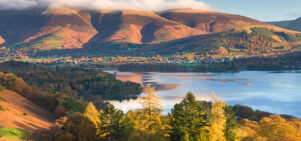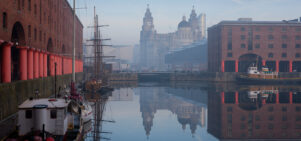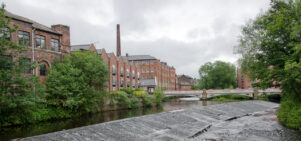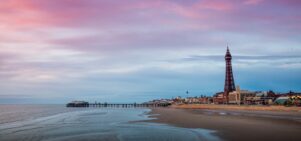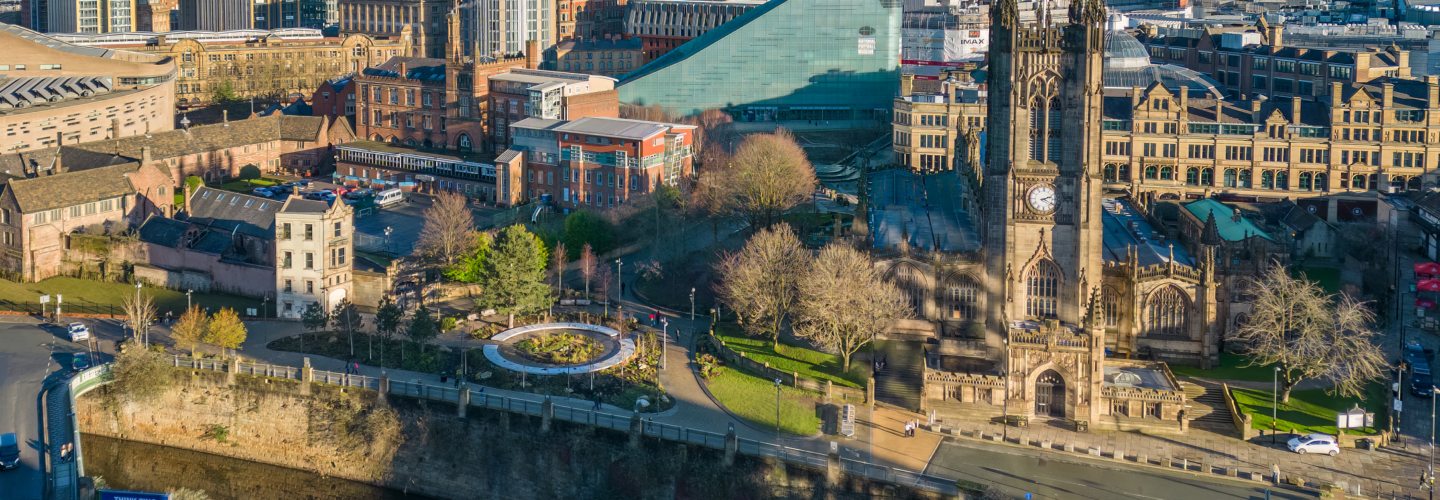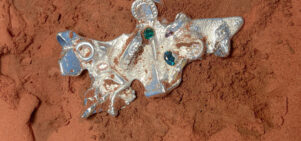Fantastic Antarctic: MOSI's Ice Lab
Desmond BullenThe house that science built: Ice Lab reveals the structures capable of surviving the frozen moonscape of the South Pole.
Science fiction has long dreamed of other worlds: unfamiliar and unforgiving terrain, colonised by the intrepid few. The fantastic architecture of bold explorers’ outposts, depicted on the covers of paperback novels and the sets of television shows, also looked like nothing on earth. For all this, the human race has remained – for the most part – both earthbound and housebound; thwarted by gravity, on the one hand, and planning permission, on the other. Yet structures like Moonbase Alpha have been built – in Antarctica. This winter, Manchester’s Museum of Science and Industry opens a portal to the alien landscapes of the South Pole and the retro-futuristic structures that surmount them, with Ice Lab: New Architecture and Science in Antarctica.
For those accustomed to the day-to-night ebb and flow of urban existence and the approximate delineations between the English seasons, the most southern continent is indeed another world. Under the aurora australis, katabatic winds slice at a callous 200 miles per hour over rock and ice, whilst temperatures chill bones to -55 degrees Celsius. Winter means something different: it is an absence of sunlight that persists for over 100 interminable nights. It is no place for the fainthearted or the jerry-built, even with emperor penguins to hand.
MOSI opens a portal to the alien landscapes of the South Pole
The Halley Research Station, run by the British Antarctic Survey, is the sixth to bear that name: its predecessors have succumbed to the pitiless elemental assault. This particular incarnation, however, is made of sterner, cleverer stuff. Designed by Hugh Broughton Architects, and engineered by Aecom, it stakes a claim as the first fully relocatable research station; its fate no longer bound quite so desperately to its geographic position. Like an oversize, robotic insect, The Halley’s eight modules stand both defiant and incongruous on hydraulic, ski-fitted limbs.
Life inside has its claustrophobic rituals. Crewed by up to 70 during the equally endless days of summer, Halley is reduced to a skeletal sixteen “winterers” once the sun has forsaken it; the last sunset is marked by a ceremony in which the oldest on base lowers the weather-shredded tatters of the Union Flag. White though 25 December might be, Christmas must seem a world away on the station. Even so, the week around the solstice is marked by traditions, with festivities culminating in a streak around the building that – even indoors – must require as much pluck as self-confidence.
Moreover, Halley is – with apologies – merely the tip of the iceberg. Ice Lab at MOSI features other such structures, including one manufactured from 134 shipping containers and a speculative blueprint for a station carved into an iceberg. The bases have been commissioned by such diverse Antarctic explorers as Belgium, India and South Korea: Ice Lab brings the futuristic designs to Manchester with a display of original drawings, models, photographs and film. The exhibition is a chance to discover the astounding technology and engineering that makes these structures possible, as well as experiencing an immersive audio-visual installation that recreates the sensations of the pole. Let a parka be your spacesuit and step into the heavens on earth this winter.
